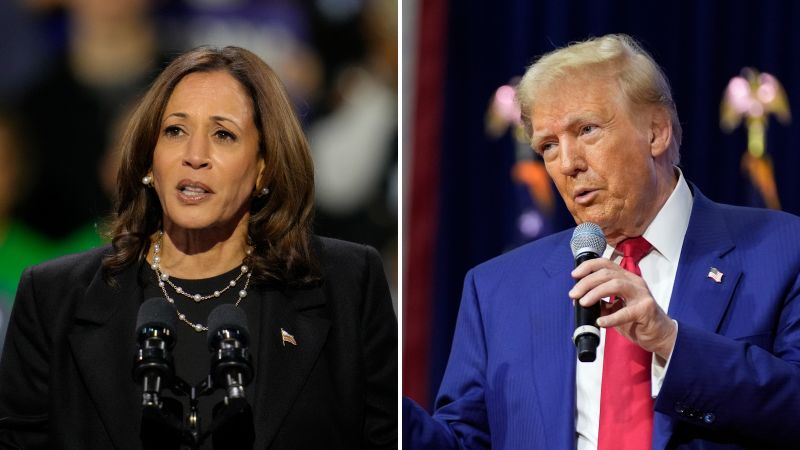Trump’s Bold Promise: Mass Deportation Plans Take Center Stage in 2024 Campaign
In a striking declaration that has reignited the immigration debate, former President Donald Trump has vowed to kick millions of undocumented immigrants out of the United States if he secures a second term in office. This promise, made during his campaign appearances, has drawn both fervent support and sharp criticism, as Trump and his allies outline their vision for a mass deportation strategy.
Since the Republican National Convention, where supporters waved signs proclaiming “mass deportation now,” Trump has made it clear that immigration reform is a top priority for his campaign. His rhetoric has been met with enthusiasm from his base, but experts warn that the logistics of such a plan would be both complicated and costly.
The Cost of Deportation
Experts estimate that any mass deportation effort would require billions of dollars in funding, not to mention the significant economic ripple effects that could follow. For context, during his presidency, Trump oversaw approximately 1.5 million deportations, according to a Migration Policy Institute analysis. While he had promised to deport as many as 3 million undocumented immigrants, the actual numbers fell short of his ambitious claims.
The financial implications of deportation are staggering. In 2016, the average cost of apprehending, detaining, processing, and removing one undocumented immigrant was around $10,900. Additionally, transporting a deportee back to their home country cost an average of $1,978. With millions of undocumented immigrants in the U.S., the total expense of a mass deportation operation could reach astronomical figures.
Infrastructure Challenges
To facilitate such a large-scale operation, Trump’s advisers, including Stephen Miller, have suggested that the government would need to construct massive detention facilities capable of holding up to 70,000 individuals. This is a significant increase from the current capacity of the seven temporary “soft-sided” facilities budgeted by the Department of Homeland Security for fiscal year 2023, which can accommodate far fewer detainees.
In fiscal year 2023, the DHS allocated $992 million for these temporary facilities, but experts argue that this funding would barely scratch the surface of what would be required for a full-scale deportation initiative.
The Ripple Effects
Beyond the financial burden, experts caution that mass deportation could have serious repercussions for the U.S. economy. Many undocumented immigrants play crucial roles in various sectors, including agriculture, construction, and service industries. Their removal could lead to labor shortages, increased costs for consumers, and disruptions in local economies.
As Trump continues to rally support around his immigration agenda, the complexities of implementing such a plan remain a significant hurdle. While his supporters cheer for a return to strict immigration policies, the reality of mass deportation raises questions about feasibility, costs, and the broader impact on American society.
Conclusion
As the 2024 election approaches, Trump’s promise of mass deportation is sure to remain a hot topic of discussion. With a mix of fervent support and critical scrutiny, the former president’s immigration plans will undoubtedly shape the political landscape in the months to come. For those interested in the details of Trump’s mass deportation strategy, further insights can be found here.



